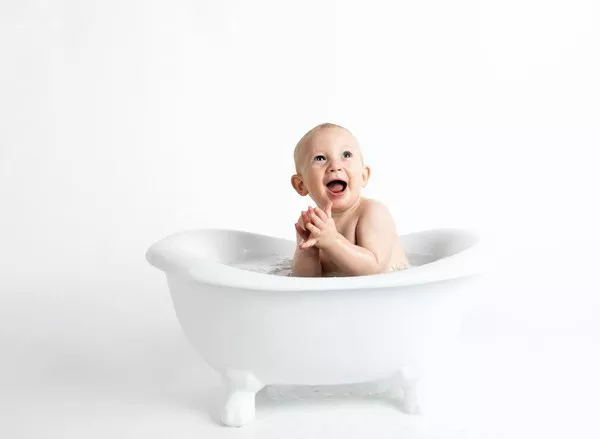In the realm of baby care products, water wipes have gained significant popularity for their gentle approach to cleansing and commitment to eco-friendliness. However, for many parents, the burning question remains: Why are water wipes so expensive? In this comprehensive exploration, we’ll delve into the intricacies of water wipes, unraveling the factors that contribute to their premium price tag.
High-Quality Materials and Manufacturing Processes:
At the heart of the water wipes phenomenon lies a commitment to quality that extends from raw materials to the final product. These wipes are often crafted from top-tier, ultra-purified water and high-quality fabrics, ensuring a gentle touch on delicate baby skin. Manufacturers employ advanced processes to eliminate impurities, making the wipes suitable for even the most sensitive skin types.
Advanced Water Purification Techniques:
Water wipes typically undergo rigorous purification processes, such as reverse osmosis and UV sterilization, to ensure that the water used in their production is free from contaminants. These advanced techniques contribute to the wipes’ hypoallergenic nature.
Premium Fabric Choices:
The selection of premium fabrics, often derived from natural sources, adds to the overall cost of manufacturing water wipes. These materials are chosen for their softness, durability, and eco-friendly properties, aligning with the expectations of discerning parents seeking the best for their little ones.
Eco-Friendly Initiatives:
The growing emphasis on sustainable parenting has fueled the demand for eco-friendly baby products, including water wipes. While these wipes align with environmentally conscious values, the incorporation of sustainable practices into their production processes contributes to the elevated price point.
Biodegradable Materials:
Many water wipes boast biodegradable materials, offering a guilt-free disposal option for environmentally conscious parents. The use of such materials increases manufacturing costs, but it aligns with the broader goal of reducing the ecological footprint associated with baby care products.
Ethical Sourcing Practices:
Companies producing water wipes often prioritize ethical sourcing of materials, further elevating the cost. This commitment ensures that the entire supply chain adheres to responsible and sustainable practices, a factor that resonates with consumers seeking products that align with their values.
Innovative Packaging Solutions:
The packaging of water wipes is not merely an afterthought; it is a crucial element that contributes to the product’s overall cost. Innovative packaging solutions are employed to maintain the wipes’ purity and freshness while minimizing their impact on the environment.
Airtight Seals and Dispensers:
Water wipes often come in packaging with airtight seals and dispensers to prevent the entry of contaminants and maintain the wipes’ moisture content. These features, while enhancing the user experience, add to the cost of production.
Eco-Friendly Packaging Materials:
Companies are increasingly opting for eco-friendly packaging materials, such as recyclable plastics or biodegradable alternatives. Although these choices align with sustainability goals, they contribute to the overall expense of producing water wipes.
Conclusion:
In conclusion, the seemingly high cost of water wipes is a reflection of the meticulous processes, premium materials, and eco-friendly initiatives that define this category of baby care products. As parents increasingly prioritize the well-being of their little ones and the planet, the demand for such high-quality, sustainable solutions is likely to persist. While the initial investment may be higher, many find comfort in knowing that they are providing the best for their babies while treading lightly on the Earth.


